What are solar panel inverters? The magic behind turning sunlight into usable electricity lies not only in the panels themselves but also in a crucial component known as the solar panel inverter.
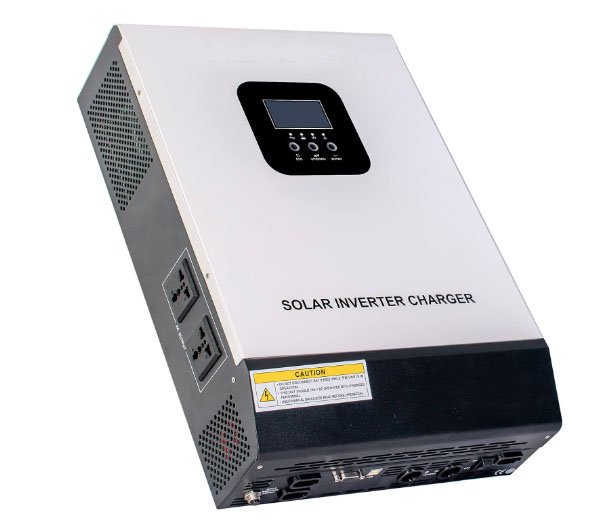
What is an inverter in solar panels?
An inverter is a crucial component of a solar power system. Solar panels generate direct current (DC) electricity from sunlight. However, most household appliances and the electricity grid operate on alternating current (AC). So, the inverter’s primary function is to convert the DC electricity produced by the solar panels into usable AC electricity.
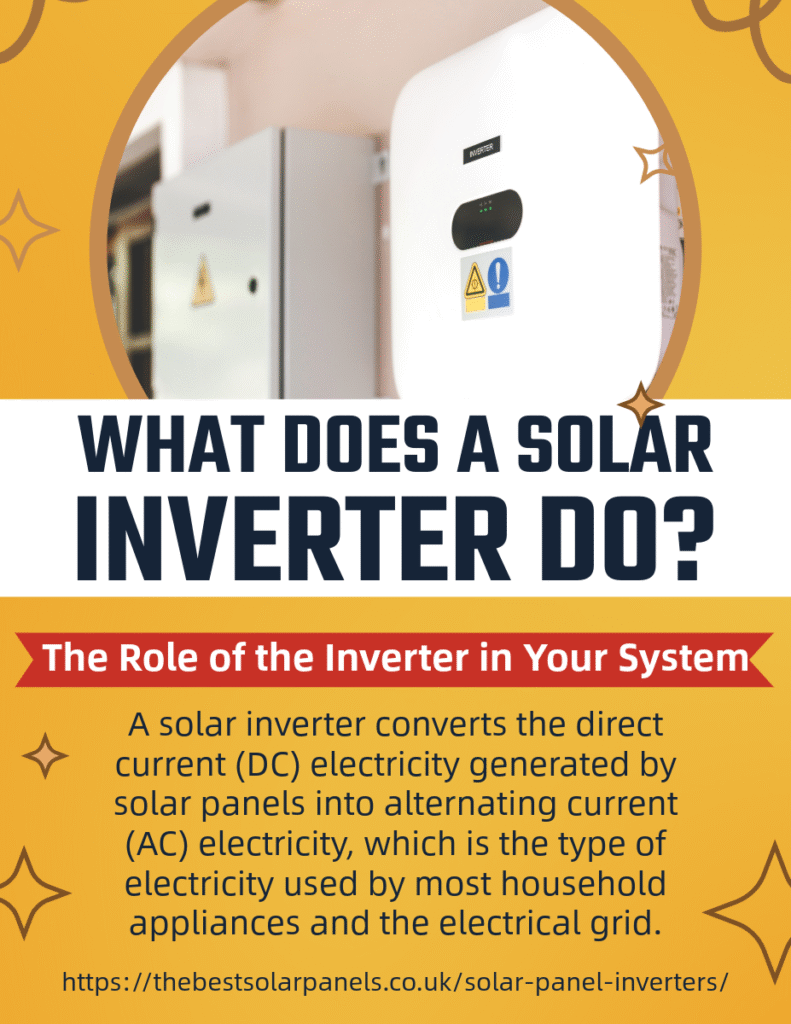
Differences between DC and AC electricity
Direct Current (DC) and Alternating Current (AC) are two different forms of electrical current, and they differ in terms of their characteristics, applications, and how they are generated. Here are some key differences between DC and AC electricity:
| (DC) Direct Current | (AC) Alternating Current | |
| Direction of Current | Electrons flow in one direction in a continuous flow. The voltage remains constant over time. | Electrons periodically change direction, oscillating back and forth. The flow of current alternates in a sinusoidal manner. |
| Voltage Levels | Typically produced at a constant voltage level. | Voltage alternates between positive and negative values, creating a sinusoidal waveform. |
| Generation | Generated by batteries, fuel cells, and photovoltaic cells (solar panels). | Generated by alternators and generators. |
| Transmission and Distribution | Historically, DC was used for early electricity transmission, but it has limitations over longer distances due to higher energy losses. | AC is more commonly used for long-distance transmission and distribution of electrical power. It can be easily transformed to different voltage levels using transformers. |
| Transformer Suitability | Not easily transformed using conventional transformers. Specialized converters are required for DC voltage transformation. | Can be easily transformed using transformers, allowing for voltage step-up or step-down. |
| Power Losses | Generally experiences higher resistive losses over long distances compared to AC. | Can be transmitted over long distances with lower resistive losses, making it more efficient for power distribution. |
| Frequency | No frequency associated; it remains constant. | Characterized by a frequency measured in Hertz (Hz). Common frequencies include 50 Hz and 60 Hz in power systems. |
| Safety | Generally considered safer for low-voltage applications, as it tends to produce less severe physiological effects. | Can cause more severe physiological effects at higher voltages. However, AC is often considered safer for power distribution due to its ability to be easily transformed and controlled. |
| Applications | Commonly used in batteries, electronic devices, and some renewable energy sources (e.g., solar panels). | Used in homes, businesses, and industries for power distribution, appliances, and machinery. |
To sum up, DC and AC have distinct characteristics that make them suitable for different applications. Then, we often associate DC with portable devices and certain power sources, while AC is the dominant form of electricity for large-scale power generation, transmission, and distribution.
How does a solar inverter work?
Here’s a step-by-step explanation of how a solar inverter works:
- DC Electricity Generation: Photovoltaic cells make up solar panels and generate DC electricity when exposed to sunlight. Then, photons from the sunlight knock electrons loose from the atoms within the cells, creating an electric current.
- Inverter Input: Solar panels send the generated DC electricity to the solar inverter for conversion. So, you typically connect the inverter to the solar panel array or strings of panels.
- Inversion Process: The main function of the inverter is to convert DC electricity into AC electricity. We know this process as inversion. Besides, inverters use electronic components, such as transistors and capacitors, to manipulate the flow of electrical current.
- DC to AC Conversion: Inverters employ a set of electronic switches to rapidly switch the direction of the DC, creating a waveform that mimics the standard sinusoidal shape of AC electricity. We know this process as inversion or DC-to-AC conversion.
- Voltage Regulation: The inverter also regulates the voltage of the AC electricity to ensure it matches the required voltage for safe and efficient operation. This helps in maintaining the quality of the electricity produced.
- Synchronization with the Grid (Grid-Tied Inverters): In grid-tied solar power systems, the inverter synchronizes the produced AC electricity with the electricity grid. So, this synchronization is crucial for feeding excess electricity back into the grid or drawing power from the grid when needed. Grid-tied inverters automatically align with the grid’s frequency and voltage.
- Safety Features: Inverters often include safety features, such as anti-islanding protection. This feature ensures that the solar power system disconnects from the grid during a power outage to protect utility workers who may be working on the lines.
- Data Monitoring (Optional): Many modern inverters come equipped with monitoring systems that allow users to track the performance of their solar power system. This monitoring may include real-time data on energy production, system efficiency, and potential issues.
In summary, a solar inverter transforms the DC electricity generated by solar panels into AC electricity suitable for powering homes, and businesses or feeding back into the electrical grid.
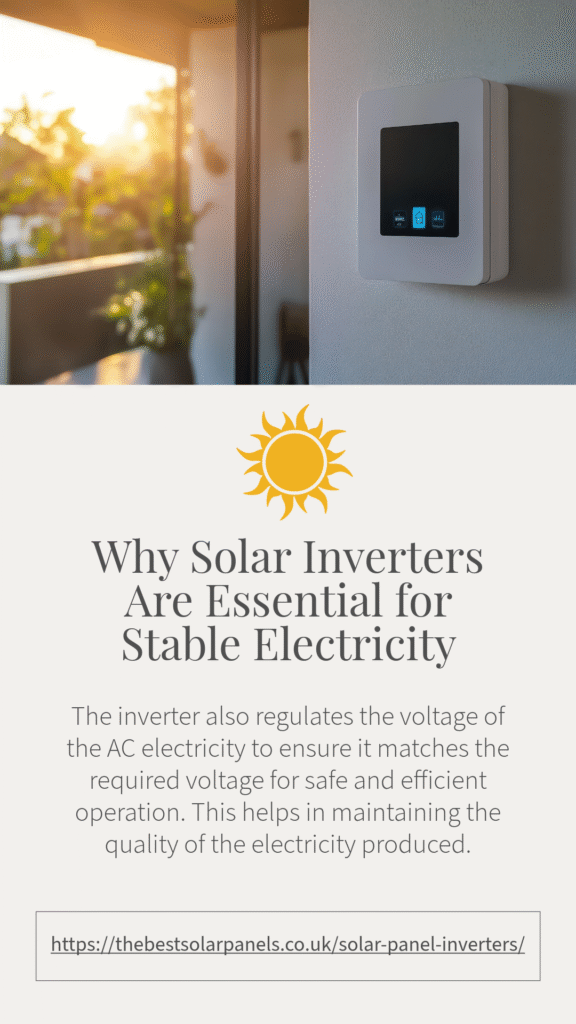
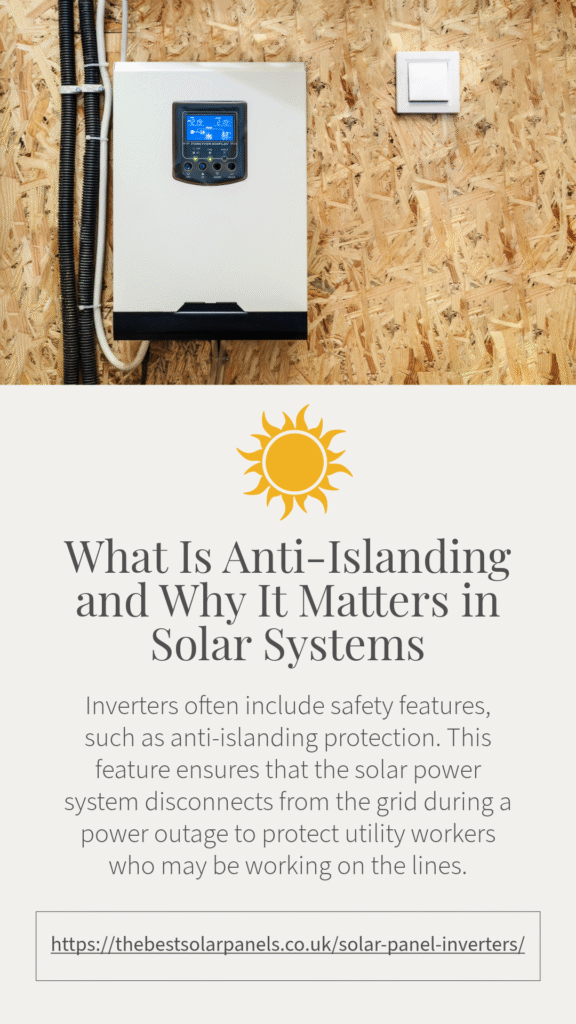
Types of solar inverters
There are many types of inverters, depending on the different needs of users. They can be classified according to different criteria:
Off-Grid Inverters vs. On-Grid Inverters
| Type of Inverter | Description | Pros | Cons |
| Off-Grid Inverters | Off-grid inverters are used in standalone solar power systems not connected to the utility grid. They often work in conjunction with battery banks and other energy storage systems. | Suitable for remote locations without access to the grid, providing a reliable power source. | They need proper sizing to meet energy demand and manage intermittency. |
| On-Grid Inverters | On-grid inverters, aka grid-tie inverters, are used in systems connected to the main power grid. They allow surplus electricity generated by the solar panels to be fed back into the grid, often earning the system owner credits or payments. | Excess energy can be sold back to the utility company, providing potential financial benefits. | Does not provide power during grid outages unless paired with a battery or hybrid inverter |
Classification by Size
| Type of Inverter | Description | Pros | Cons |
| Microinverters | They are installed on each solar panel. Each panel operates independently, optimizing the overall system performance. | Mitigates the impact of shading on individual panels, improved system monitoring, and potentially higher energy yield. | Generally higher upfront cost compared to string inverters. |
| String Inverters | String inverters are one of the most common types of inverters. They are connected to a string of solar panels, and all panels in the string are subject to the same operating conditions. | Cost-effective, simple design, and suitable for small to medium-sized solar installations. | Performance may be affected by shading or issues with one panel in the string. |
| Multistring Inverters | They are advanced string inverters that can handle multiple strings of panels. This allows different strings to operate independently, optimizing energy production. | Ideal for installations with panels facing different directions or experiencing varying sunlight conditions. | More expensive than standard string inverters. Also, they require more careful design and installation. |
| Central (Grid-Tied) Inverters | Central inverters are commonly used in large-scale solar power plants. They are connected to multiple strings of solar panels and are responsible for converting DC electricity into AC electricity for the grid. | Cost-effective for large installations, simple design, and easy maintenance. | May experience efficiency losses due to shading or issues affecting entire strings. |
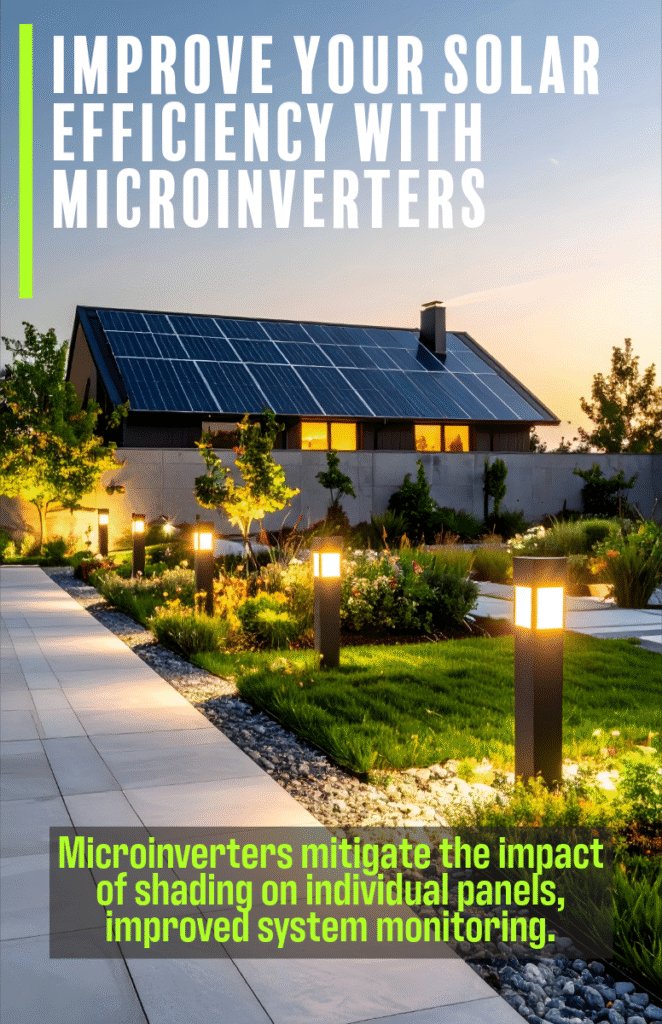
Classification according to function
| Type of Inverter | Description | Pros | Cons |
| Power Optimizers | They are installed at the solar panel level but work in conjunction with a central inverter. They optimize the DC electricity generated by each panel before it reaches the central inverter. | Partial shading tolerance, enhanced system monitoring, and flexibility in system design. | Requires a central inverter, making it a hybrid solution. |
| Battery Inverters (Hybrid Inverters) | Battery inverters are designed to manage both solar power generation and energy storage in batteries. They enable a solar power system to store excess energy for later use. | Enables energy independence and the ability to use stored solar energy during non-sunlight hours. | Additional cost for battery storage, but gaining popularity for residential and commercial applications. |
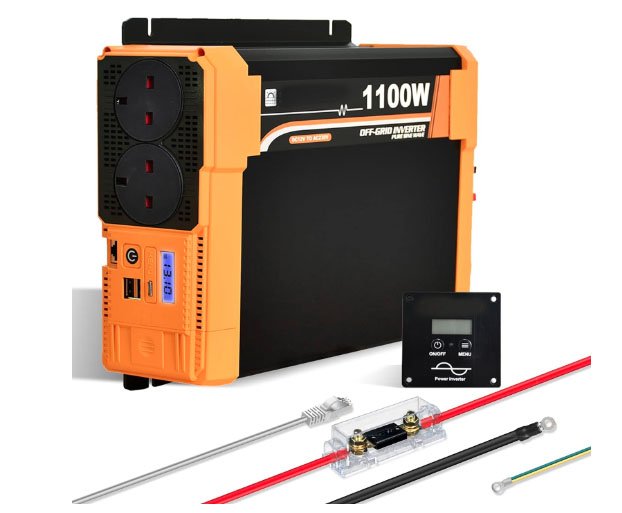
How to choose a solar inverter
Here are some key factors when choosing a solar inverter:
- System Type: Determine whether your solar power system will be on-grid, off-grid, or hybrid. Different types of inverters have specific system configurations.
- Inverter Type: Consider the different types of inverters available, such as string inverters, microinverters, power optimizers, and hybrid inverters. Each type has its advantages and disadvantages, and the best choice depends on factors like shading, system size, and budget.
- System Size and Capacity: Choose an inverter with an appropriate capacity for your solar panel array. The inverter should be able to handle the maximum power output of your solar panels. Oversizing or undersizing the inverter can affect system performance.
- Efficiency: Look for a solar inverter with high efficiency. Higher efficiency means less energy loss during the conversion process. Check the inverter’s efficiency ratings at different load levels.
- Reliability and Warranty: Consider the reliability and track record of the inverter manufacturer. Look for inverters from reputable companies with a history of producing reliable products. Additionally, pay attention to the warranty period offered by the manufacturer.
- Temperature and Environmental Conditions: Consider the temperature and environmental conditions of the installation site. Some inverters perform better in high-temperature environments, while others may have specific temperature limits. Choose an inverter that can handle the climatic conditions of your location.
- Monitoring and Data Logging: Check if the inverter comes with monitoring and data logging features. Having access to real-time data on energy production, system efficiency, and potential issues can help you monitor and optimize your solar power system.
- Compatibility: Ensure that the chosen inverter is compatible with your solar panel type and brand. Some inverters may have compatibility issues with certain panel technologies.
- Scalability: If you plan to expand your solar power system in the future, consider the scalability of the inverter. Some inverters can accommodate additional solar panels, making it easier to expand the system later.
- Cost: Compare the upfront costs of different inverters and consider your budget. While it’s essential to factor in the initial cost, also weigh it against the long-term benefits, efficiency, and warranty.
- Standards and Certifications: Check if the inverter complies with relevant standards and certifications in your region. This ensures that the inverter meets safety and performance requirements.
- Installation and Maintenance: Think about the ease of installation and maintenance. Some inverters have user-friendly features, while others may require professional expertise for installation and maintenance.
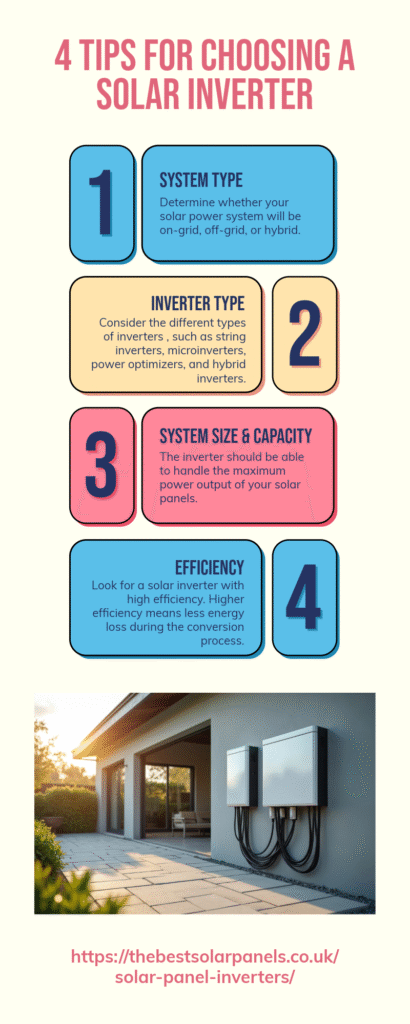
Cost of a solar inverter
The cost of a solar inverter can vary widely depending on several factors, including the type of inverter, its capacity, brand, and additional features. So, here are some general guidelines to give you an idea of the cost range:
| Type of Inverter | Cost Range | Notes |
| String Inverters | £300 to £1,500 | String inverters are typically more affordable than other types and are suitable for smaller residential solar installations. |
| Microinverters | £800 to £2,000 per kW of solar capacity | Microinverters are generally more expensive than string inverters on a per-unit basis but may offer advantages in terms of individual panel optimization. |
| Power Optimizers | £500 to £1,200 | Power optimizers are often used in conjunction with a central inverter, providing some of the benefits of microinverters while being less expensive. |
| Hybrid (Battery) Inverters | £1,500 to £4,000 | Hybrid inverters are designed to manage both solar power generation and energy storage in batteries, and their cost is influenced by the additional functionality. |
| Grid-Tied (Central) Inverters: | £0.08 to £0.18 per watt | Grid-tied inverters used in large-scale solar power plants can have lower costs per watt due to economies of scale. |
It’s important to note that these cost ranges are approximate and can vary based on factors such as the inverter’s capacity (measured in kilowatts or kilowatt-hours), brand reputation, additional features like monitoring capabilities, and the region where you are purchasing the inverter. Besides, you should think of installation costs, including labour and materials.
Which are the best solar inverter brands?
Here we also show you some models from the most renowned brands in the United Kingdom.
Solar Edge
SolarEdge is a global leader in power optimization and inverters. They offer a range of inverters, including single-phase and three-phase models, often used with power optimizers for maximum system efficiency.
SolarEdge SE50K
SolarEdge HomeHub Inverter SE10K-RWB48
SolarEdge SE4K
Victron
Victron Energy is a well-known company that specializes in the development and manufacturing of power conversion equipment and energy storage solutions, including inverters, chargers, solar charge controllers, and battery management systems. The company is based in the Netherlands and has a global presence.
Victron Sun Inverter 12 250 15 iec
Victron Inverter rs 48 6000 230v smart
Huawei
Huawei, a well-known global technology company, has entered the solar inverter market. They offer string inverters with smart features and efficient performance.
Fronius
Fronius is an Austrian company with a solid reputation for manufacturing grid-tied inverters. Experts recommend their inverters for their durability, efficiency, and advanced monitoring capabilities.
How long does a solar inverter last?
The lifespan of a solar inverter typically ranges from 10 to 20 years, with many inverters having an average expectation of life of around 15 years. However, various factors can influence the actual longevity of a solar inverter, such as::
- Quality of the Inverter: High-quality inverters from reputable manufacturers tend to have longer lifespans. Investing in a reliable and well-built inverter can contribute to its durability.
- Operating Conditions: The environmental conditions in which the inverter operates play a significant role. Extreme temperatures, excessive humidity, and exposure to harsh weather conditions can impact the inverter’s longevity.
- Usage Patterns: The frequency and intensity of usage can affect the inverter’s lifespan. Inverters that operate closer to their capacity limits may experience more stress and may have a shorter lifespan.
- Maintenance Practices: Regular maintenance, such as cleaning and ensuring proper ventilation, can help extend the life of a solar inverter. Some inverters come with monitoring features that allow users to detect and address potential issues early.
- Technological Advances: Advances in inverter technology may result in improved efficiency and durability. In some cases, users may choose to upgrade to newer inverters with enhanced features before the end of the inverter’s natural lifespan.
- Type of Inverter: Different types of inverters, such as string inverters, microinverters, and power optimizers, may have varying lifespans. Microinverters, for instance, may have a reputation for lasting longer due to their distributed architecture.
- Manufacturer’s Warranty: The warranty provided by the inverter manufacturer can indicate the expected lifespan. Manufacturers typically offer warranties ranging from 5 to 25 years, with higher-quality inverters often having longer warranty periods.
- Voltage and Frequency Stability: In regions where there are frequent voltage and frequency fluctuations, the inverter may experience additional stress, potentially affecting its lifespan.
Can solar inverter power a house?
Yes, a solar inverter can power a house as part of a solar power system. However, it’s important to understand the role of the solar inverter in the overall system and how it works in conjunction with other components. Here’s a basic overview:
- Solar Panels: Solar panels generate direct current (DC) electricity when exposed to sunlight. You can install these panels on the roof or in an area with ample sunlight.
- Inverter Function: The solar inverter is a critical component that converts the DC electricity into alternating current (AC). This is the type of electricity that most homes use.
- AC Power for the House: The inverter generates AC electricity. So, you can use it to power the electrical appliances, lights, and other devices in the house. The inverter ensures that the electricity produced by the solar panels is compatible with the household electrical system.
- Grid-Tied Systems: In grid-tied solar power systems, the inverter synchronizes with the electrical grid. This allows excess electricity that solar panels generate to be fed back into the grid, and the household can draw power from the grid when solar production is insufficient.
- Off-Grid Systems: In off-grid solar power systems, which don’t have a connection to the electrical grid, you can combine the inverter with a battery bank. The inverter charges the batteries when solar production exceeds the immediate demand, and you can use the stored energy in the batteries during periods of low or no sunlight.
- Hybrid Systems: You can use hybrid inverters for systems that incorporate both solar panels and energy storage (batteries). These systems can provide a degree of energy independence and allow you to use the stored solar energy during periods when the sun isn’t shining.
It’s important to properly size the solar inverter based on the capacity of the solar panel array and the energy needs of the household. Also, the solar inverter must comply with safety standards and regulations.
Do all solar panels need an inverter?
Yes, nearly all solar panels used in grid-tied or off-grid solar power systems require an inverter. The reason for this is that solar panels generate direct current (DC) electricity, which is not suitable for most household appliances and the electrical grid. Solar panels produce DC electricity. So, inverters are essential components that convert it into alternating current (AC). This is the standard form of electricity that homes and businesses use.
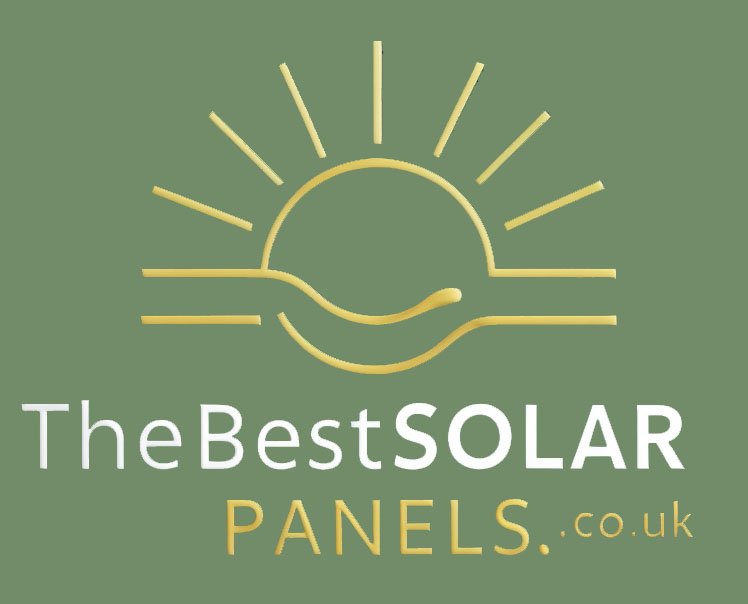
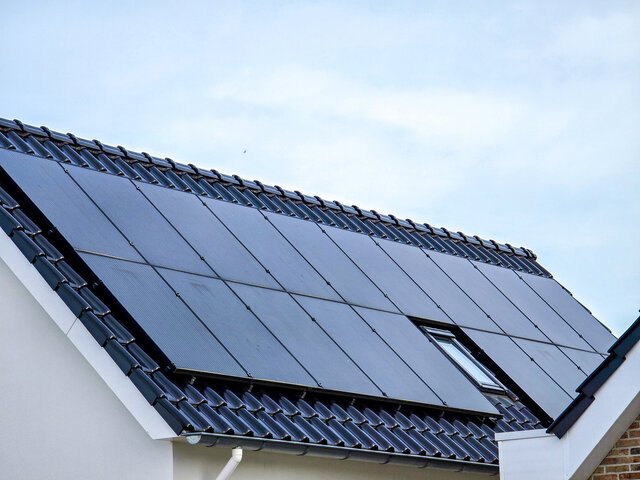
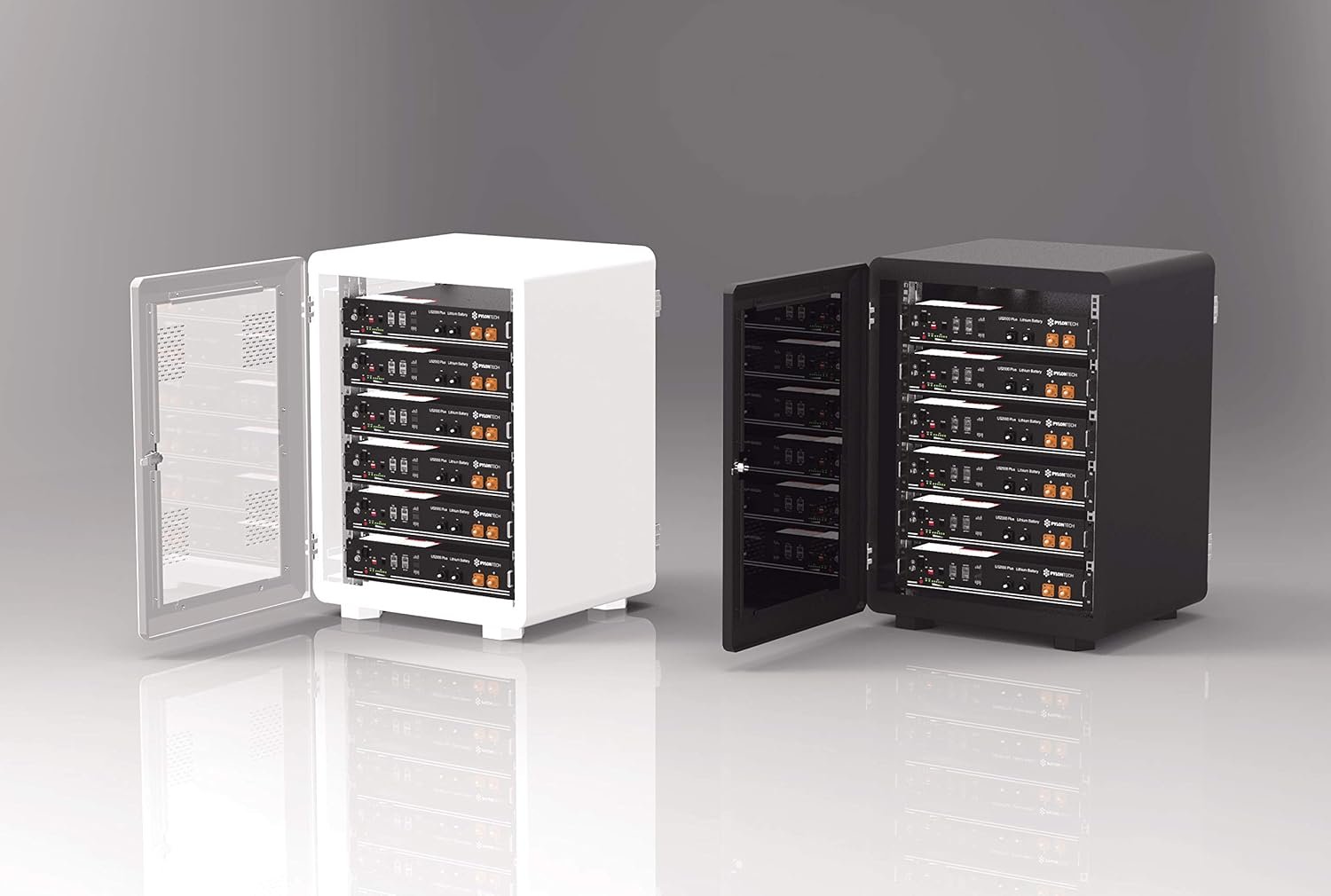
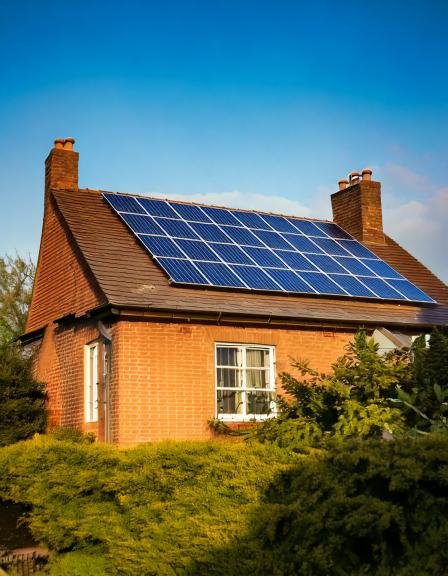
Leave a Reply